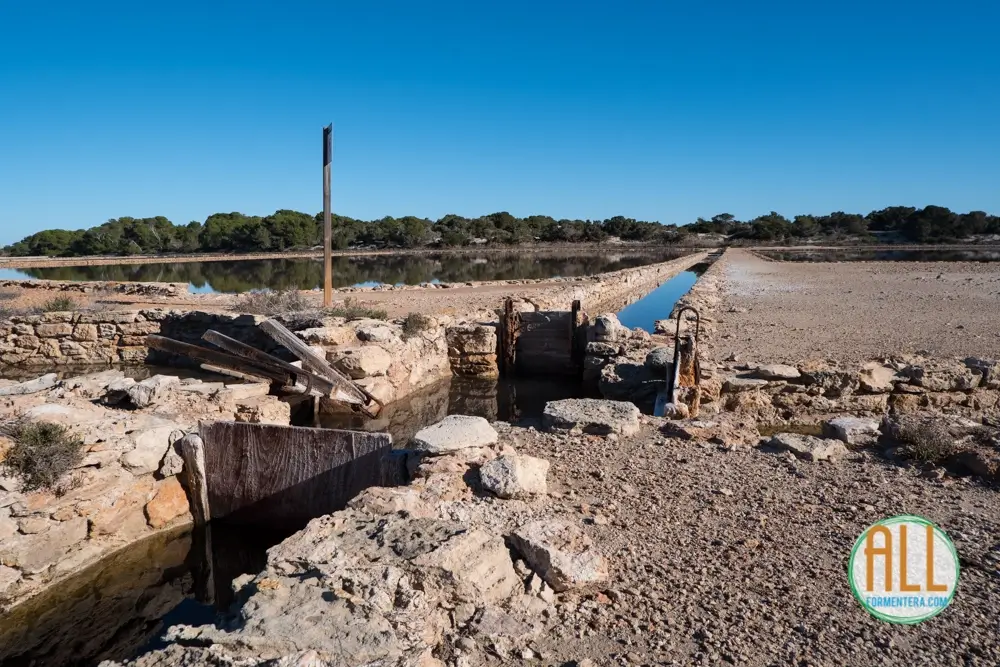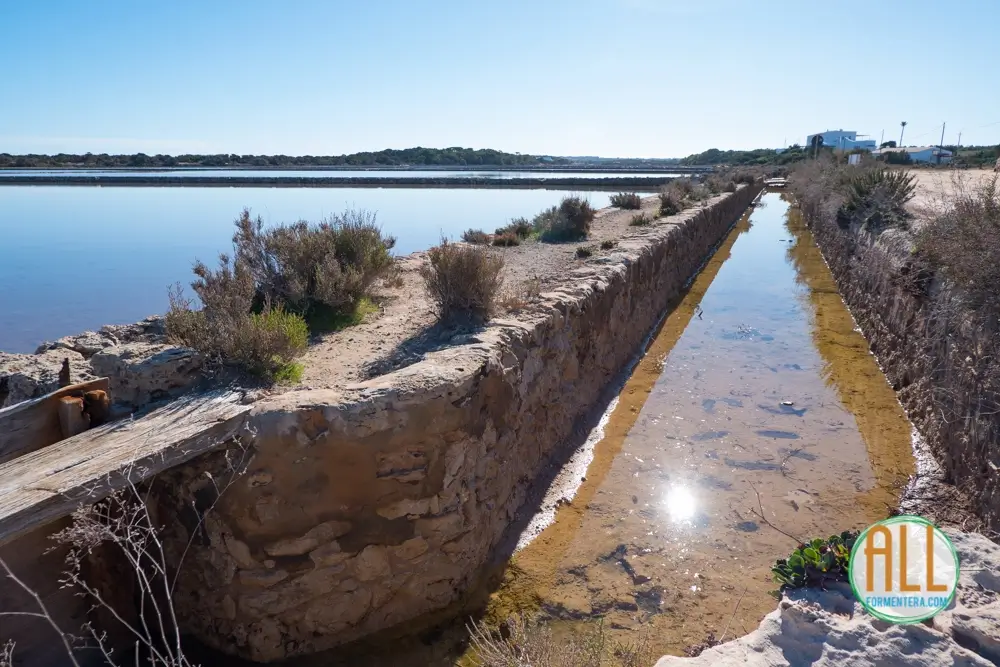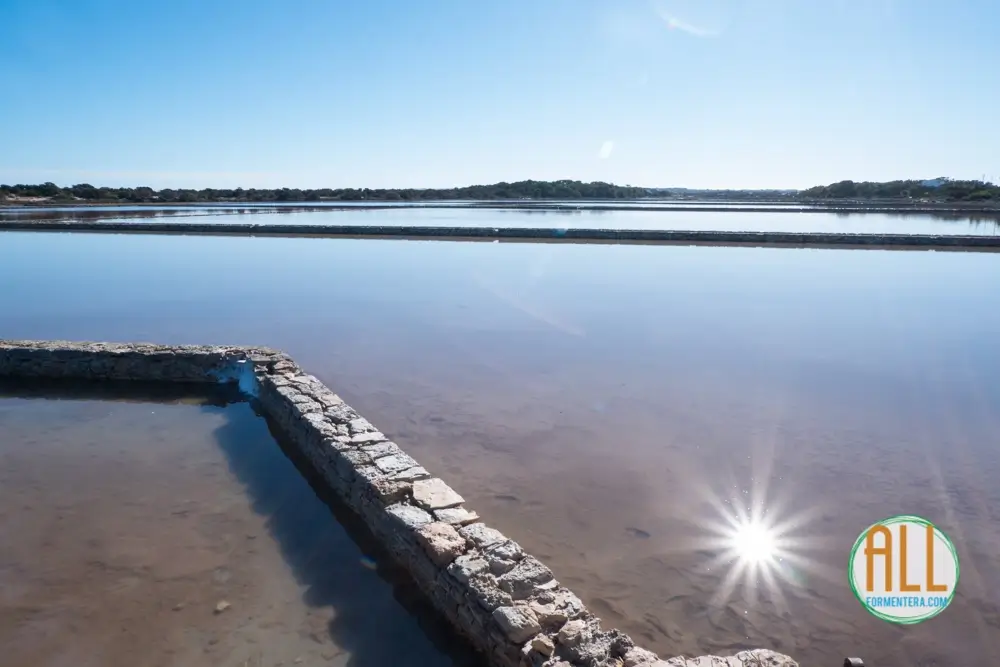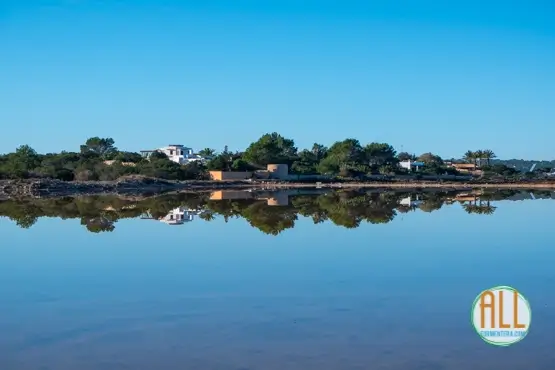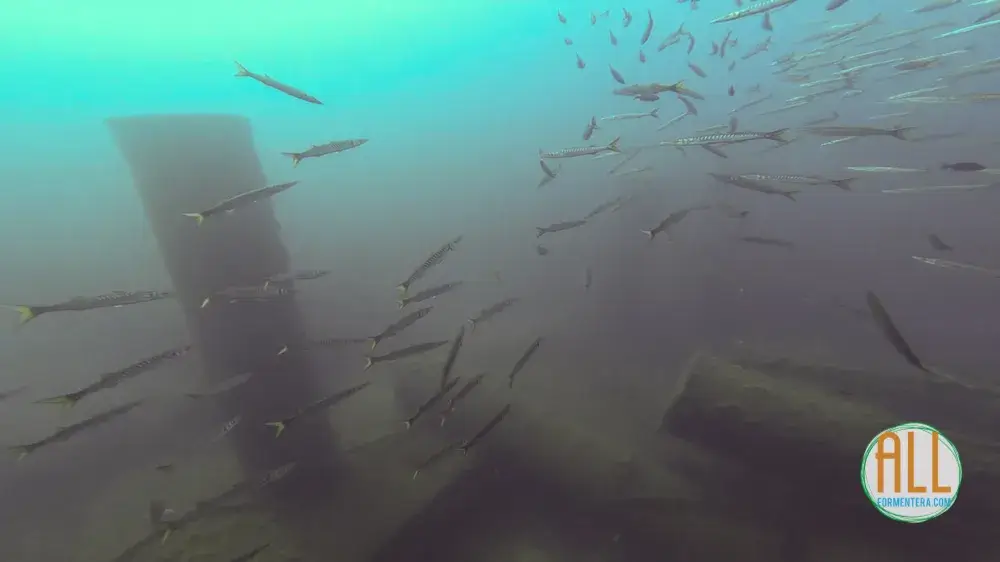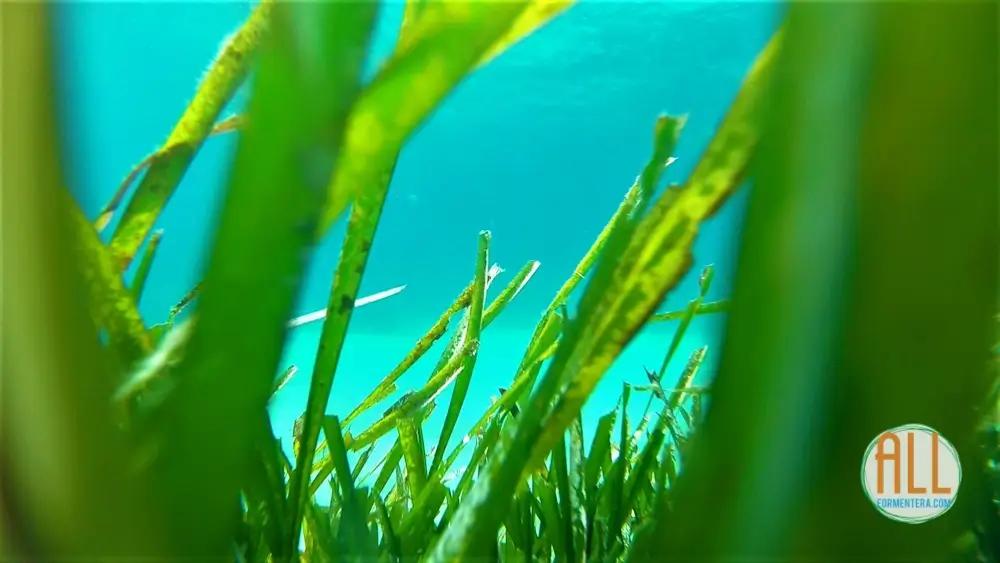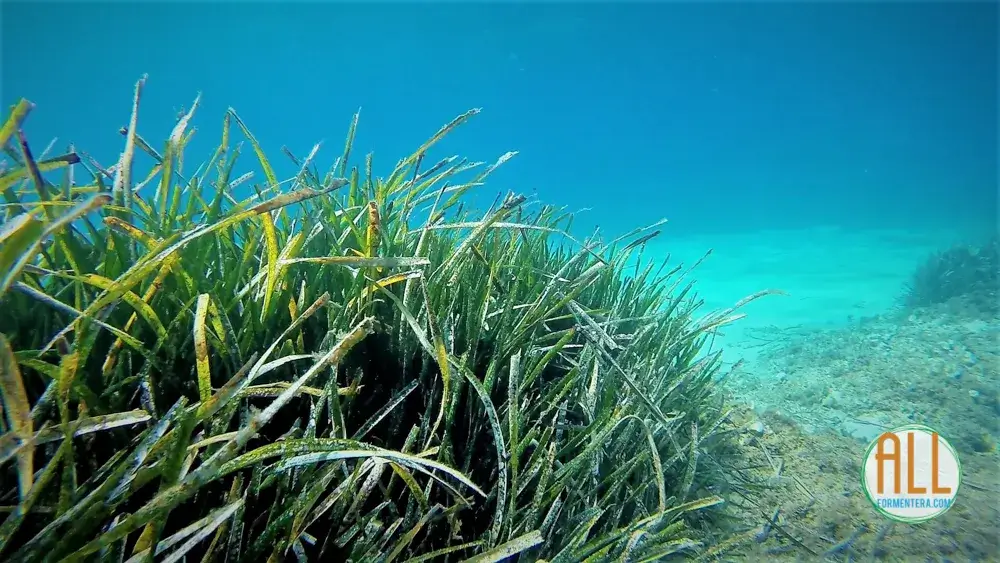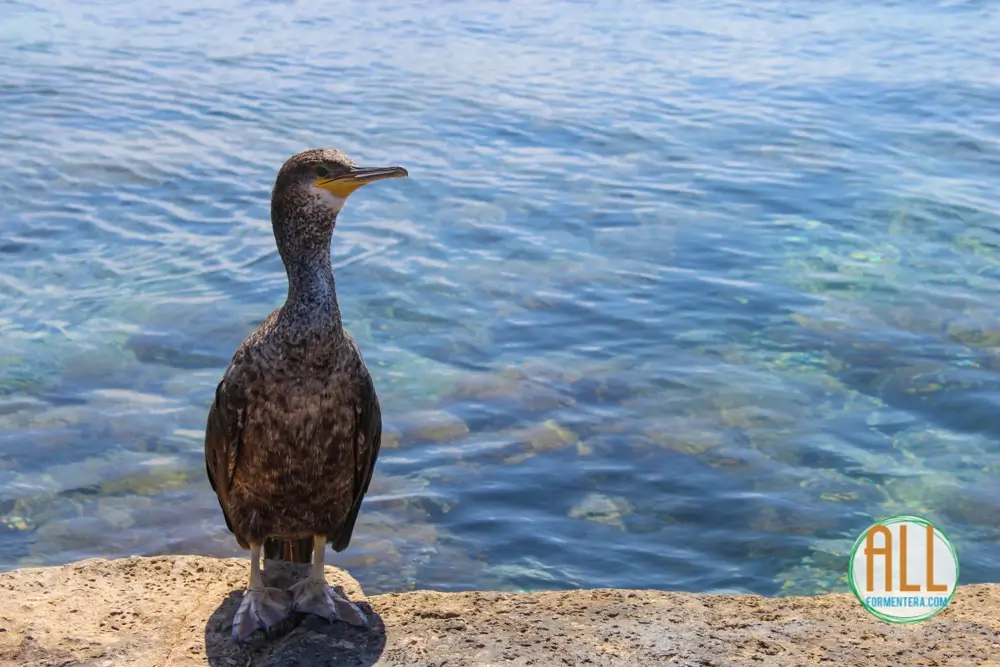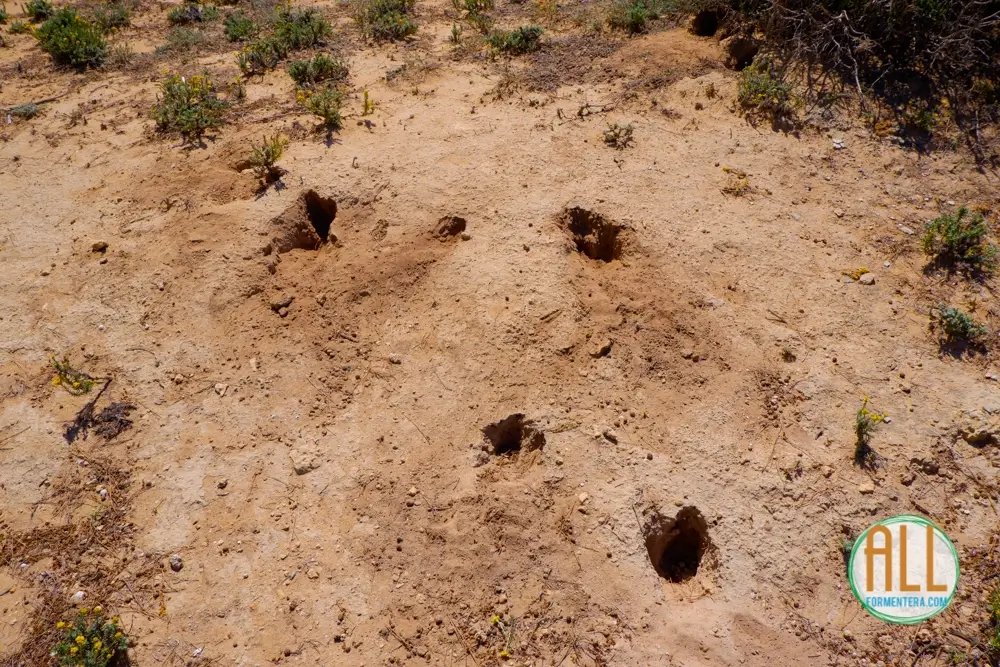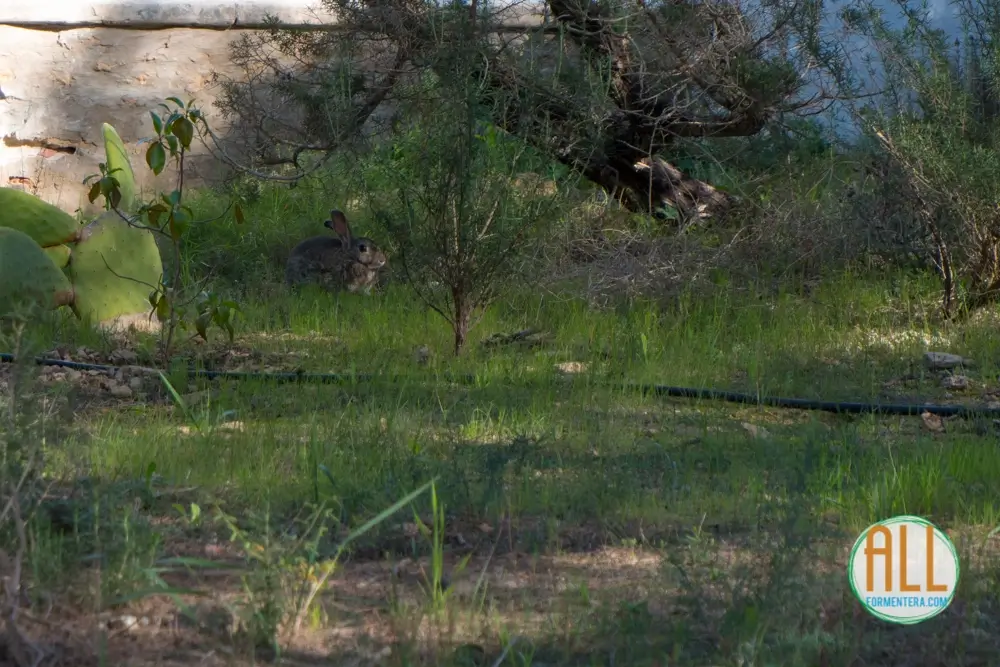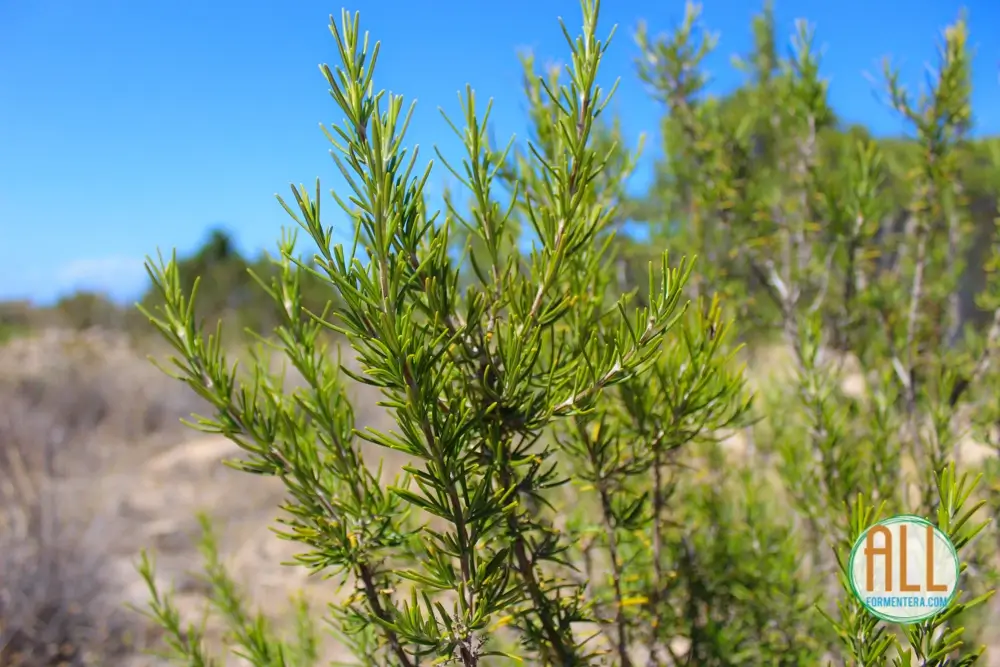The Parc Natural de Ses Salines d’Eivissa i Formentera or Ses Salines de Formentera is located between Ibiza and Formentera.
It is a protected area of the Autonomous Community of the Balearic Islands, it covers two municipalities and consists of a set of habitats divided into terrestrial and marine, which have been catalogued as being of the first order on an international scale.
You can visit this interesting natural area that comprises 2,838.44 hectares of land and 13,000 hectares of sea, which corresponds to 75% of the extension of the Ses Salines park. In fact, when you arrive to Formentera you are already crossing the natural park, since the area that separates the island from Ibiza is a submerged natural park.
History of the Ses Salines de Formentera Natural Park
The great richness that this natural park of Formentera has in terms of biodiversity was reason enough to request its protection, which was achieved in 2001 with its declaration as a Natural Park.
However, much earlier, other legal figures within the scope of environmental protection were granted to this ecosystem:
- Wetlands within the RAMSAR Convention.
- Special Bird Protection Area. (ZEPA).
- Natural Area of Special Interest (ANEI).
- Year 1995 Natural Reserve.
- Year 1999 World Heritage Site (UNESCO).
- Year 2000 Natura Network (EU).
- Year 2001 Natural Park.
One of the particularities of the area, in the case of the emerged part (for example the Estany Pudent lagoon), is that it constitutes one of the resting areas for birds during their migrations, serving as a space for nesting and hibernation.
This beautiful nature reserve Ses Salines not only has a great value for its biodiversity, but as a whole has a great value in terms of ecology that preserves, history of the place, culture that represents and for its scenic environment.
The park comprises the southern part of Ibiza and the northern part of Formentera, separated by a strait between the two islands called Es Freus, about 6.3 kilometers with islets.
The salt pools of Formentera in the Natural Park
The so-called white gold is extracted from these salt pools in Formentera, which for centuries were the source of wealth of this island. Since Phoenician times this salt has been extracted, an excellent quality export product, an activity that was displaced by tourism. Right now the salt flats are a protected environment and only a reminder of what was once one of the most important economic activities on the island.
Marine environment of Formentera
The marine environment of Formentera is an extremely well preserved natural environment. For this reason, the island of Formentera is one of the best places to enjoy snorkeling and diving.
The natural park of the salt marshes of Ibiza and Formentera is also an environment characterized by the presence of a very important marine plant for the Mediterranean known as the Oceanic PosidoniaThe characteristic turquoise blue color, cleanliness, clarity and stability of the waters of Formentera are due to it.
This plant species not only provides shelter to many of the marine species in the area, but also protects the beaches from erosion.
In addition to the Posidonia oceanica, the main protagonist of this park, 177 other species of marine flora and fauna are part of this fragile but fantastic ecosystem.
Terrestrial environment of Formentera
The islands, being environments that have been isolated for a long time, have unique plant and animal species. The terrestrial environment of Formentera is based on plants and animals that have adapted very well to the Mediterranean climate of this island, with hot and dry summers.
Most of the plant species that exist on this Pitiusa island are found in this natural park Las Salinas, although there are also stable populations of forest vegetation in areas such as Es Cap de Barbaria, La Mola and Can Marroig.
Among the species, you can see coastal savin groves, pine forests and other vegetation present on the island, such as sea fennel, sea holly and rosemary, which show off all their splendor in these salt flats.
There is also an abundance of dunes here, most of them quite stable and settled with vegetation, while the cliffs are a great attraction for birds and adventure lovers.
Fauna and Flora of Formentera
The fauna and flora of Formentera is varied and formed by a mixture of native animals adapted to the peculiar conditions of living on an island. Some of the most outstanding animals are at the marine level, with very rich fauna.
The natural park of Ses Salines Formentera not only has space for birds, other animals coexist in harmony, some endemic species of the Pitiusas, such as the lizard Podarcis pityusensis and subspecies of these enjoy this natural space without fear of the presence of man.
Sea stars of different species, endemic beetles and snails, as well as the dormouse species Eliomys quercinus. Cicadas are also present in Formentera, appearing occasionally every 16 years.
Pudent Lake, a unique ecosystem
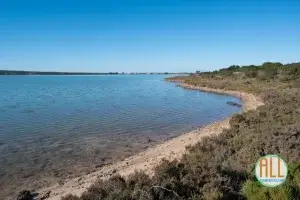
Multiple species of aquatic birds benefit from the wetlands created around Estany Pudent: from common storks, shelducks, flamingos, kentish plovers, Audouin’s gulls, Balearic shearwaters, to herons, enjoy their stay in this Mediterranean ornithological paradise.
It can be observed, especially during migration seasons, that some species remain in the park throughout the year. More than 210 species of birds have been counted in Ses Salines, and the presence of one of the largest groups of black-necked grebes ever seen in Europe has been confirmed.
These birds are especially concentrated in the most secluded and quiet areas of Estany Pudent, a 3.5 kilometer lagoon, which does not allow bathers, but you can go cycling or walking around it.
Estany Pudent is a perfect place for birdwatchers, thanks to the fact that it has the greatest biodiversity in the area: if this is one of your favorite pastimes, here you can enjoy this activity with the best facilities.
What activities to do in the Natural Park of Ses Salines Formentera?
In this set of habitats that make up the natural park ses salines Formentera guided tours are offered every Saturday.
In the park you can perform recreational activities such as:
- Enjoy authorized beaches
- Walking, biking, biking, motorcycling and driving (check out the greenways)
- Wildlife observation
- Non-professional photography, within authorized itineraries.
- All activities that do not alter the environment of the park.
If you prefer to tour the park on your own, you should be aware that this is not permitted:
- Use jet skis
- Extracting flora and fauna from Ses Salines natural park
- Overnight camping
- Spearfishing in the area
- Riding motorcycles off authorized roads
- Walking in dune systems
- Visiting salt mining ponds outside of authorized tours
- Use the mud and bathe in the s’Espalmador lagoon.
- Use and permanence on islets and bluffs
The use and enjoyment of the beaches of Ses Salines Formentera is well known worldwide, its most famous beach Ses Illetes is one of the most visited of the whole island, in it you find the famous beach bars, hotels, restaurants.
Tourists come from all over the world to this charming beach that in summer reaches its maximum tourist potential.
This magnificent natural park Las Salinas Formentera is one of the best places in the world to spend the perfect vacation alone, as a couple, with friends or family.
You have reached the end of the article. Other sites that may interest you are:


